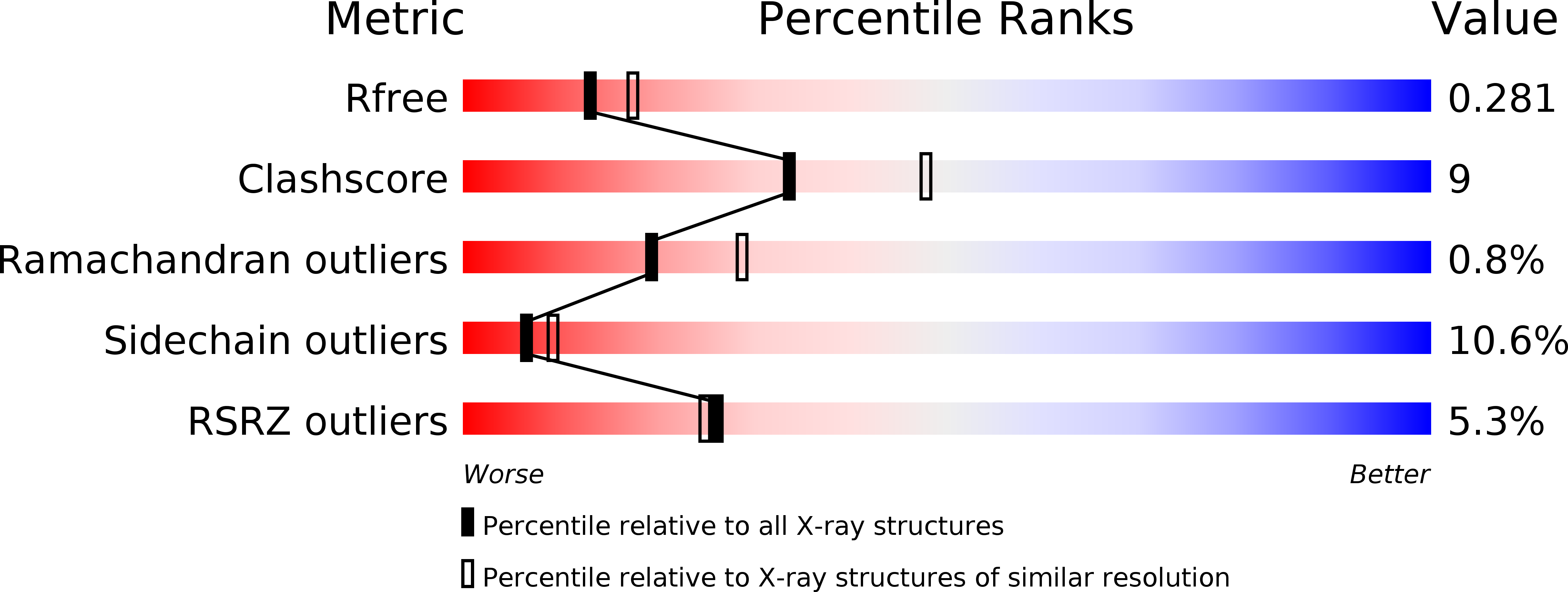
Deposition Date
2014-11-24
Release Date
2015-04-01
Last Version Date
2024-05-08
Entry Detail
PDB ID:
4D7E
Keywords:
Title:
An unprecedented NADPH domain conformation in Lysine Monooxygenase NbtG from Nocardia farcinica
Biological Source:
Source Organism:
NOCARDIA FARCINICA IFM 10152 (Taxon ID: 247156)
Host Organism:
Method Details:
Experimental Method:
Resolution:
2.40 Å
R-Value Free:
0.28
R-Value Work:
0.20
R-Value Observed:
0.21
Space Group:
P 1 21 1


